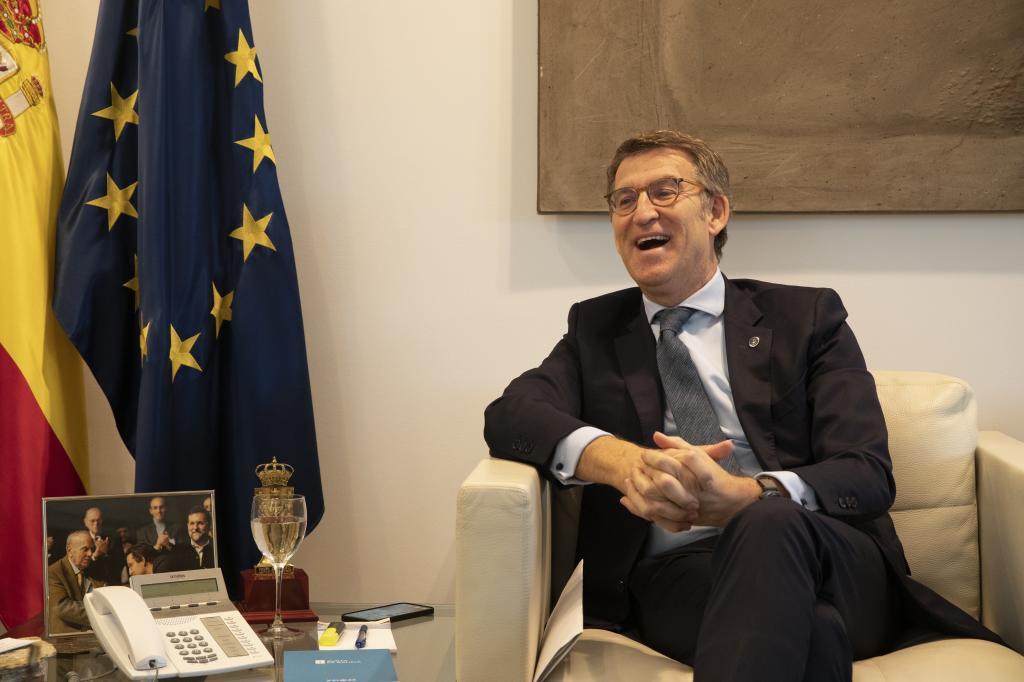The maintenance works that will take place on the Nord Stream 1 gas pipeline from next July 11 are worrying Europe. Several states predict that this may be the prelude to a definitive cut of gas to Germany by Moscow, since during the aforementioned conditioning the flow will be completely cut off.
Within our borders this situation does not fall on deaf ears. Yesterday morning, the Third Vice President of the Government and Minister for the Ecological Transition and the Demographic Challenge, Teresa Ribera, expressed her concern about what “a situation of maximum tension” could mean in the gas markets in the coming weeks, and not in autumn, as expected. Asked about the consequences derived from this measure in the short term, the owner explains that, if it occurs, it is very likely that there will be a new rise in prices, for which she has reiterated the need to carry out purchases jointly with the rest of the countries of the European Union (EU).
Faced with this situation, the Popular Party announced yesterday afternoon that it will present during the Debate on the State of the Nation a series of measures, five in total, “of a structural nature” in order to mitigate the escalation in energy prices. In this sense, Alberto Núñez Feijóo maintained that they will defend before Congress: “Maintain all available energy at maximum capacity”, which also concerns “reviewing the forecasts of the useful life of nuclear power plants”. EL MUNDO already advanced last April the intentions of the popular about expanding the closure plan, which culminates in 2035 with the shutdown of the Trillo plant. The measure was contemplated in the document that Feijóo transferred to Pedro Sánchez shortly after his arrival in Genoa. From the sector, they entrust their continuity to a PP-Vox Government. “We are prepared to work as long as necessary,” they assured.
From the Socialist Party, however, they do not contemplate a paradigm shift in relation to nuclear energy. “I am not at all sure that we are in tune with the Popular Party in relation to the closure of the nuclear calendar, in energy matters we have found a very strong lack of understanding and commitment on their part,” Teresa Ribera settled. As of July 8, 2022, so far this year, only combined cycle plants (29,263 GWh) and wind energy (32,228 GWh) have contributed more to the network than nuclear power (28,848 GWh). In other words, if the nuclear park disappears tomorrow, Spain would need to double its wind contribution or triple its photovoltaic contribution.
The opinion put forward by the minister is in line with the European green and left-wing bloc, which voted this week against the green taxonomy. This new legislation labels, from now on, nuclear energy and gas under the status of green sources. However, at the regional level, there are discrepancies. On April 21, Extremadura’s socialists supported a strategy aimed at postponing the closure of the Almaraz Nuclear Power Plant (Cáceres).
From the nuclear sector they urge the Executive to make a decision “as soon as possible”, since prolonging the life of nuclear power plants is not a decision that can be made 24 hours before closing. Nuclear fuel, for example, must be ordered with a certain time from the supplying company, without this material it cannot function.
Thus, the experts agree that, if the aforementioned cut occurs, the news could be devastating for the European and, de facto, Spanish economy. Last week, the General Director of Economy of the European Central Bank (ECB), Oscar Arce, assured that, if materialized, the resulting scenario would be “almost apocalyptic”.
Regarding whether this situation could lead to cuts in the gas supply, Roberto Gómez, professor at the European University of Valencia, rules out that this is an appropriate option. “I would not understand it, I think it would not be a popular or effective measure. I agree with the minister that the price is going to skyrocket, but causing gas cuts is depriving the population of a basic good, we would have to go hands,” he says.
Conforms to The Trust Project criteria
















